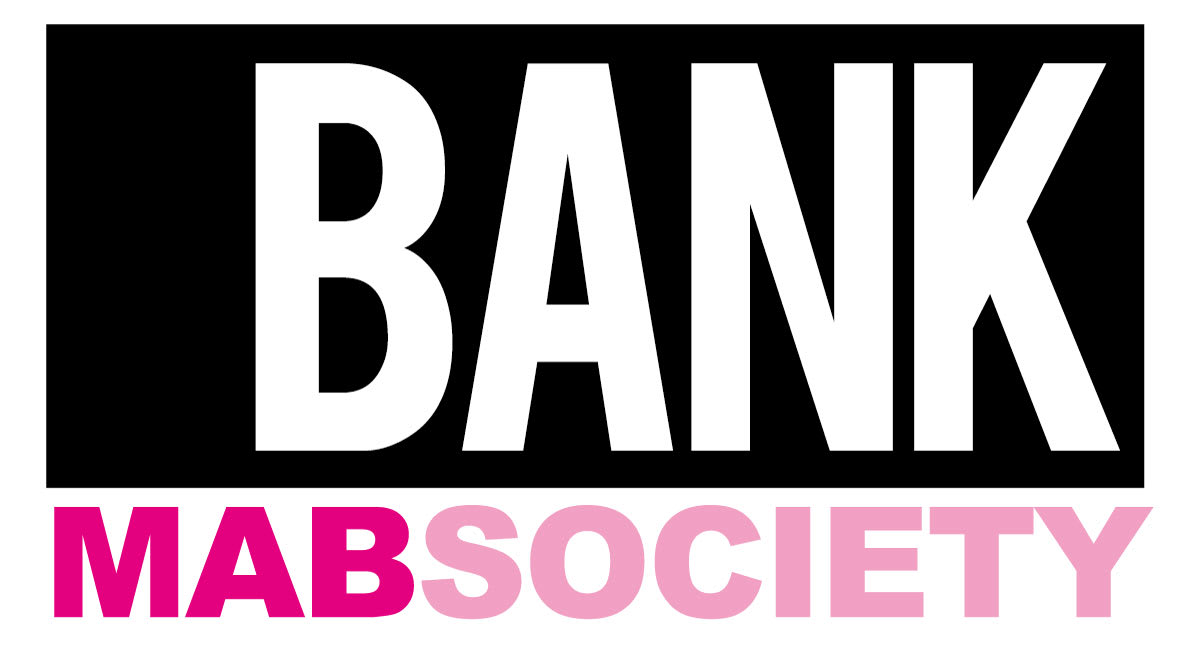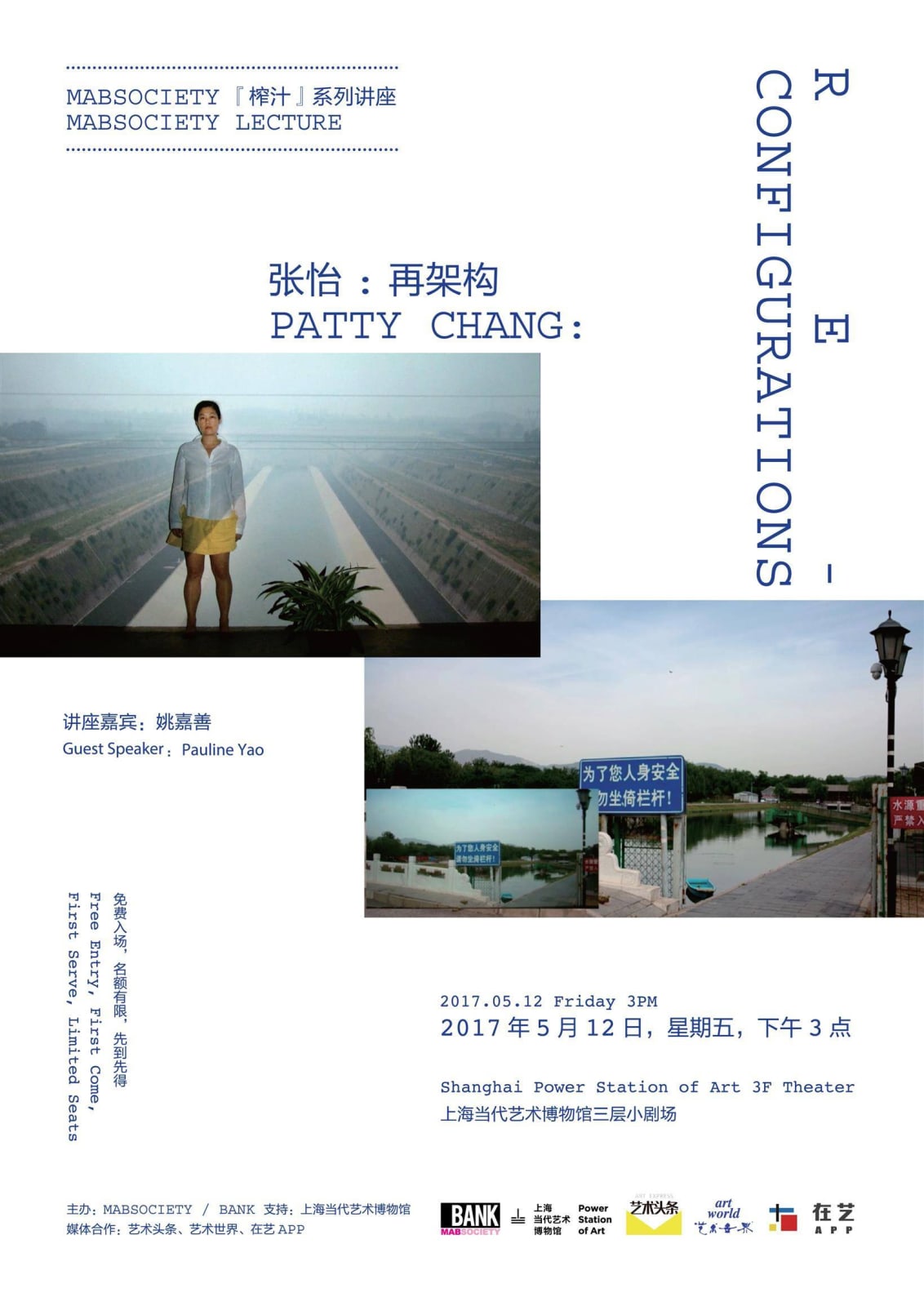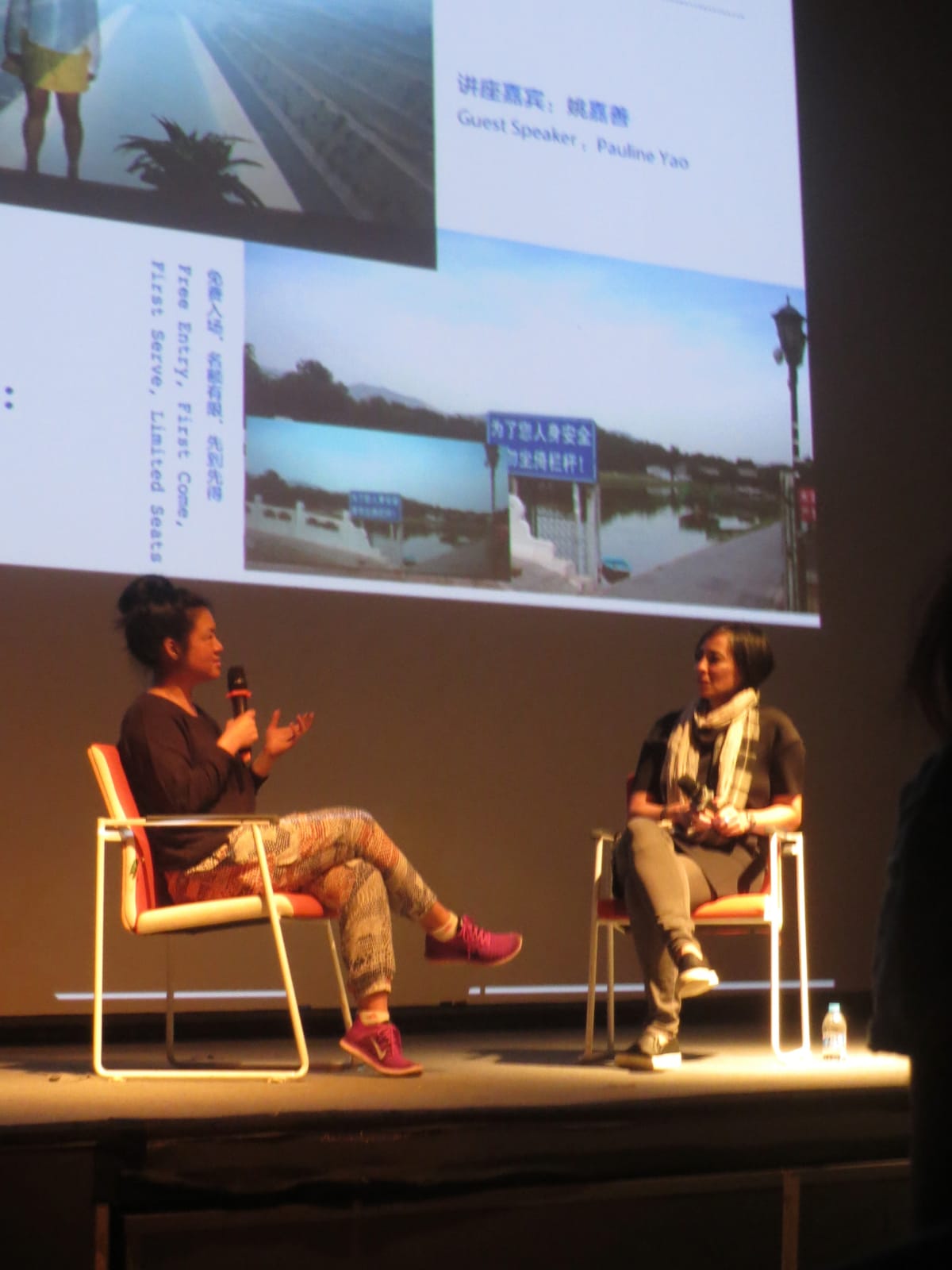In her career-defining performances—staged in modest theatres in New York in the late 1990s and which live on as single-channel video artworks—Patty Chang laid bare her body, her gender, and her race in ways that challenged social mores and the prescribed behaviours of an Asian American woman. Outfitted in a demure, working-girl suit, Chang undertook small feats of physical endurance by executing combined actions involving foodstuffs, live animals, and liquids, all the while tapping the boundaries of loss and desire. These works reveal how everyday behaviours can be performative; we are always performing our identities, social rituals, and agreed upon roles in contemporary society.
Where Chang’s practice diverges from other endurance-oriented performance artists is her unique attention to the technologies that preserve the work. Her live performances make explicit use of the recorded image and consider the perspective and presence of a viewer. For her performance Fountain (1999), she kneeled over a mirror on the floor covered with a thin layer of water and used her mouth to suck and slurp the liquid off its surface. For the video, Chang cropped away the surroundings and turned the image ninety degrees to give the appearance that she is engaged in a slow, deep kiss with her own image. Another iconic video, In Love, shows a teary-eyed Chang kissing her parents on the mouth in slow motion but it is in fact reversed footage of a performance wherein they chew and pass a raw onion back and forth with their mouths.
Chang’s more recent work has become more research based and often conflates literary refernces with real life experiences. In 2016’s Shanghai Biennial, she showed her recent project The Wandering Lake. Using the metaphor of the wandering lake as a departure point, the project moves between searching for the mythical Wandering Lake in Xinjiang province; to investigating the shrinking of the Aral Sea, to washing a sperm whale corpse in Uzbekistan, all through the lens of the artist’s then pregnancy, with its morning sickness, and breast milk pumping. The project then morphs into Configurations, and follows the longest aqueduct in the world, examining the historic flooding of the Yellow River and Chinese Imperial history in relation to urinating and the human body.
In this lecture, the artist will walk us through her work from different points in her career, from Fountain and In Love, to Configurations, and share her years of exploration and reflection on her Asian female identity. Pauline Yao, curator at M+, Hong Kong, will introduce the artist and engage in a short conversation afterwards. You can find Pauline's essay on Chang's latest work on: 姚嘉善 評 张怡 / BANK ARCHIVES
-
THE SPEAKERS
• Patty Chang 张怡
Patty Chang is an interdisciplinary artist working in performance, video, and installation. She has held solo shows at institutions such as the MOMA in New York; the New Museum in New York; the Hammer Museum in Los Angeles; the Museum of Contemporary Art in Chicago; and the Moderna Museet in Stockholm, Sweden. In 2009 she was named the Guna S. Mundheim Fellow of Visual Arts at the American Academy in Berlin and she is a 2014 recipient of a Guggenheim Fellowship. Chang’s latest project, The Wandering Lake, was recently featured in the 11th Shanghai Biennial 2016 and will be the focus of a solo show at the Queens Museum in NY in October 2017.
• Pauline Yao 姚嘉善
Pauline J. Yao is Lead Curator, Visual Art at M+, the new museum for twentieth and twentieth-century visual culture being built in Hong Kong. She has held curatorial positions at the Asian Art Museum of San Francisco and worked as an independent curator and writer in Beijing for six years, during which time she helped co-found the storefront art space Arrow Factory. A co-curator of the 2009 Shenzhen Hong Kong Bi-City Biennale of Architecture and Urbanism, Yao is a regular contributor to Artforum, e-flux Journal, and Yishu Journal of Contemporary Chinese Art and her writings on contemporary Asian art have appeared in numerous catalogues, online publications and edited volumes. She is the author of In Production Mode: Contemporary Art in China (Timezone 8 Books, 2008) and co-editor of 3 Years: Arrow Factory (Sternberg Press, 2011).




